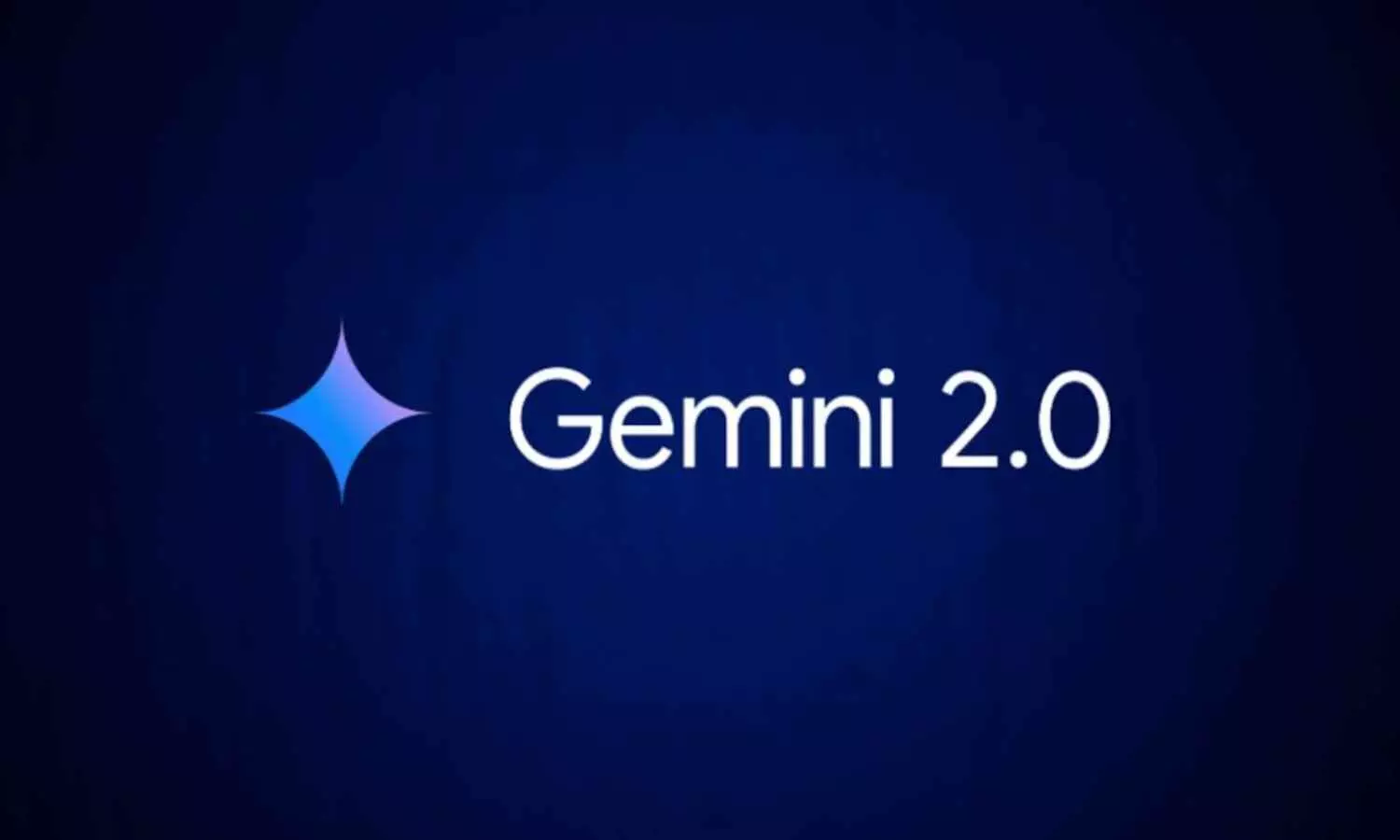Google expands Gemini AI models with cost-effective options
Google's new AI pricing plan seeks to create equilibrium between accessible pricing and performance capabilities within a competitive industry.
Google expands Gemini AI models with cost-effective options

Google released updated Gemini AI models featuring the cost-effective #FlashLite to face competition from cheaper alternatives like China's DeepSeek. The latest updates to #GoogleGemini models consist of releasing the Gemini 2.0 Flash publicly while testing a new ‘Pro’ model. The development of Flash-Lite resulted from positive feedback on Flash 1.5 and aimed to lower AI costs.
Investors have shown increased concern regarding the escalating expenses involved in AI model creation. DeepSeek disclosed that their model training expenses were under $6 million, a fraction of the investment by US AI firms. The development of less expensive AI alternatives has led to dialogue among Alphabet, Microsoft, and Meta where these companies have maintained their dedication to significant AI investment.
The market reacted negatively to Alphabet’s stock price on Tuesday because their announced capital expenditure growth surpassed Wall Street predictions by 29%. At $0.019 per million tokens Gemini #AIInnovation falls between the $0.075 pricing of OpenAI’s model and DeepSeek's current rate of $0.014 which will soon rise.
Google’s models come in three sizes: Flash (small), Pro (medium), and Ultra (large). As one of Google's smaller models, Gemini 2.0 Flash has been trained on less information than more powerful AI systems such as OpenAI's o1. The reduced question answering ability of 2.0 Flash results in lower operational costs.
Developers pay Google based on the number of tokens that the model processes and generates similar to how payment structures work with other AI providers. Google charges $0.10 per million input tokens across text, images, and videos processed by Gemini 2.0 Flash and $0.40 per million text output tokens generated by the model.
Gemini 2.0 Flash provides native tool functionality so that applications using this model can perform Google Search operations and execute code. Google states that their model combines rapid response times to enable applications that operate autonomously as “agentic experiences”.

